Don't hesitate to send a message
Web Menu
Product Search
Exit Menu
Functions and Applications of Water Float Level Switch Connection in Liquid Management Systems
Liquid level control is a critical aspect of various industrial processes, water management systems, and residential applications. To ensure the efficient and reliable operation of these systems, it is essential to have proper control mechanisms in place.
Understanding Water Float Level
The water float level is a simple yet effective mechanism used to measure and control the liquid level in a tank, reservoir, or any other container. It consists of a buoyant object, usually made of plastic or metal, which moves up and down with the changes in the liquid level. The movement of the water float level is then used to trigger a switch or send a signal to a control system, allowing for the regulation of the liquid level.
Functions of Water Float Level Switch
A water float level switch is a device that uses the movement of the water float level to control the operation of a pump, valve, or other equipment. It is designed to provide an on/off signal or a variable output based on the position of the water float level. The primary functions of a water float level switch include:
1. Monitoring and controlling the liquid level in a container.
2. Preventing overflow or underflow of the liquid.
3. Activating pumps or valves to maintain the desired liquid level.
4. Providing an alarm or warning signal in case of abnormal conditions.
Components of a Water Float Level Switch
A typical water float level switch consists of the following components:
1. Float: The buoyant object that moves with the changes in the liquid level.
2. Switch mechanism: The device that converts the float's movement into an electrical signal.
3. Actuator: The component that triggers the switch mechanism, usually a magnet or a mechanical linkage.
4. Electrical contacts: The points where the electrical signal is generated or interrupted.
5. Housing: The protective casing that encloses the switch mechanism and other components.
The water float switch connection is the process of wiring the water float level switch to the control system or the equipment it is intended to control. Proper connection is crucial for the reliable operation of the liquid level control system. Some of the key aspects to consider when making a water float switch connection include:
1. Compatibility: Ensure that the switch is compatible with the control system or the equipment it is intended to control.
2. Wiring: Use the appropriate wire size and type for the specific application.
3. Connections: Make sure that the connections are secure and properly insulated to prevent electrical faults.
4. Grounding: Properly ground the switch to prevent electrical hazards.
5. Troubleshooting: In case of any issues, consult the manufacturer's guidelines or seek professional assistance.
In summary, water float level, water float level switch, and water float switch connection are essential components in liquid level control systems. By understanding their functions, components, and connection requirements, users can ensure the efficient and reliable operation of their systems. Proper installation, maintenance, and troubleshooting are also crucial to improve the performance and longevity of these devices.
As technology continues to advance, it is expected that new and innovative solutions will be developed to further improve the performance and reliability of water float level, water float level switch, and water float switch connection systems, contributing to the overall efficiency and sustainability of liquid.
-
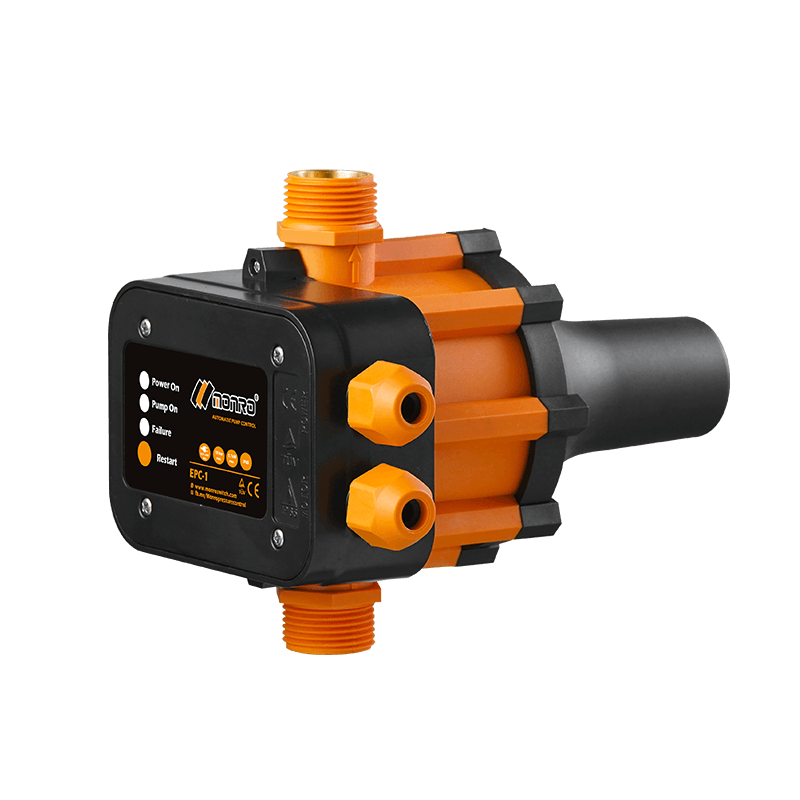 EPC-1
EPC-1Monro EPC-1 model pump controller is the classic and basic type, was loved by user in the global mar...
-
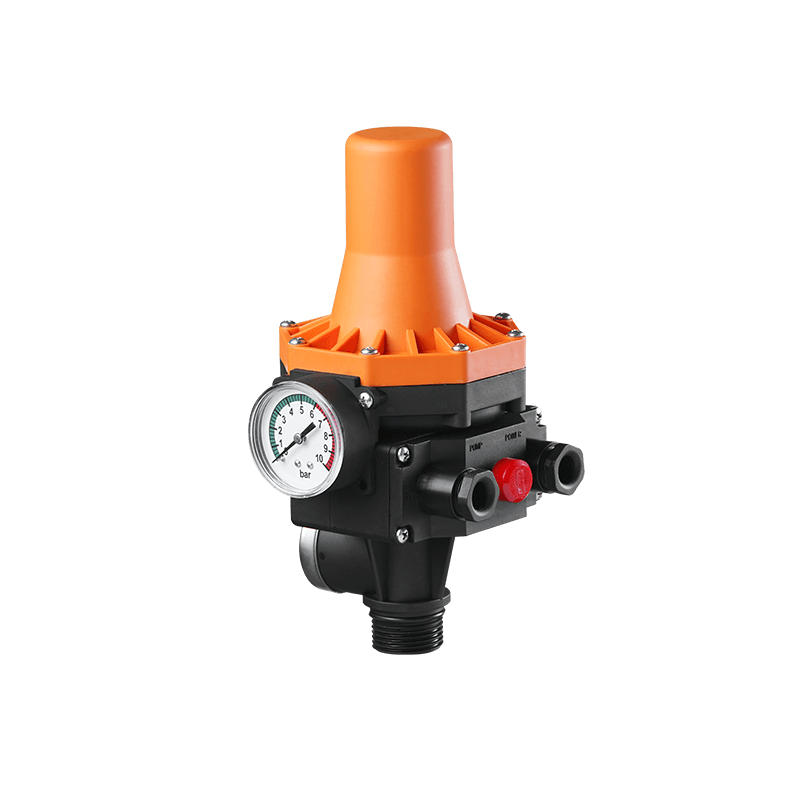 EPC-3
EPC-3Monro EPC-3 spain design auto on and off press control, an intelligent and economical system designe...
-
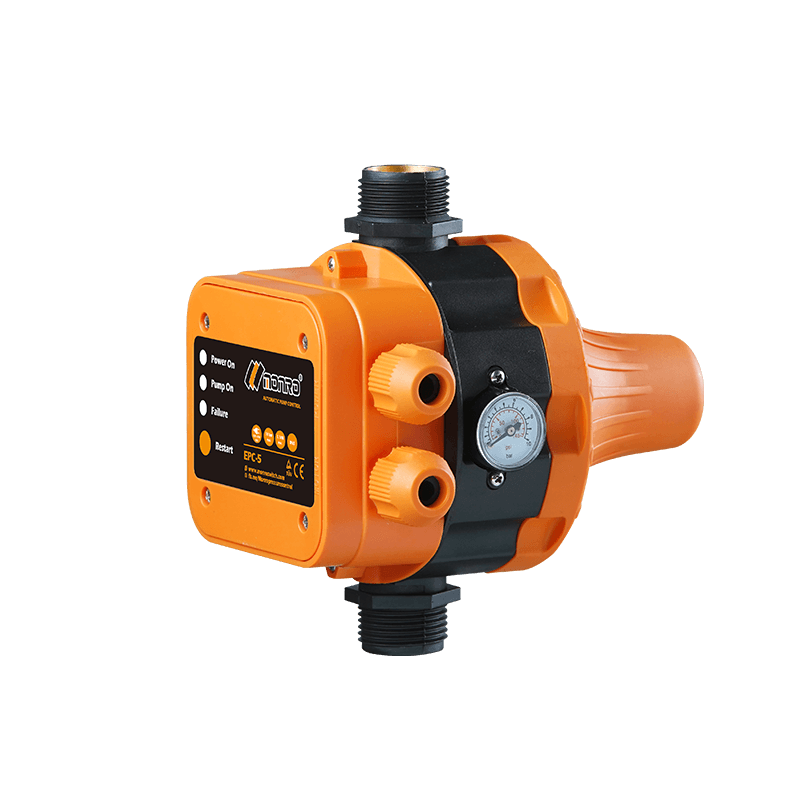 EPC-5
EPC-5Monro EPC-5 model automatic pump control, a device which assembled on the water pump (recommended si...
-
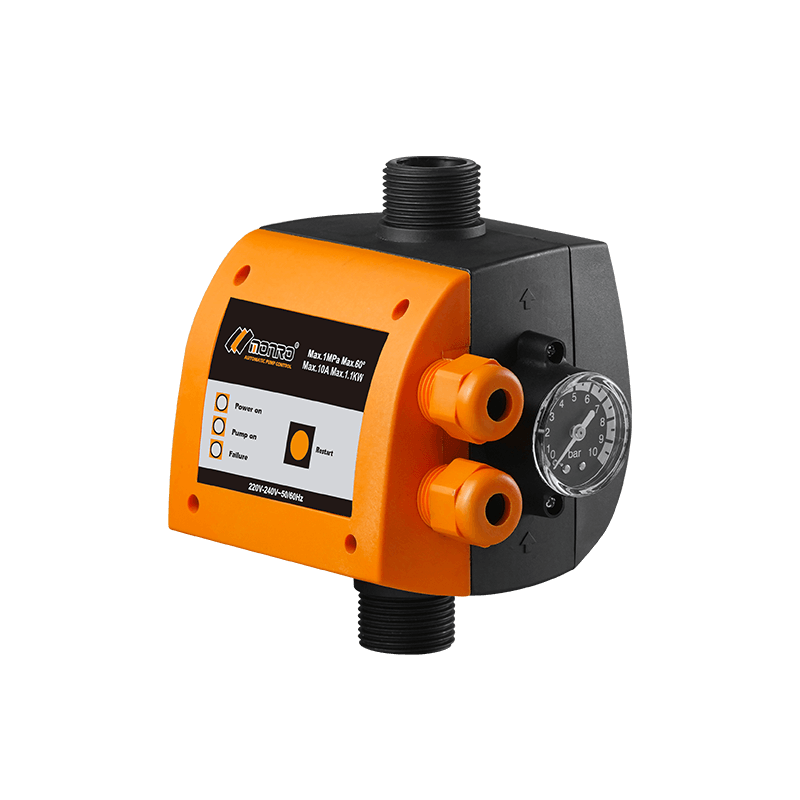 EPC-9
EPC-9Monro EPC-9 model pressure controller, is a big power device for automatic control and protection of...
-
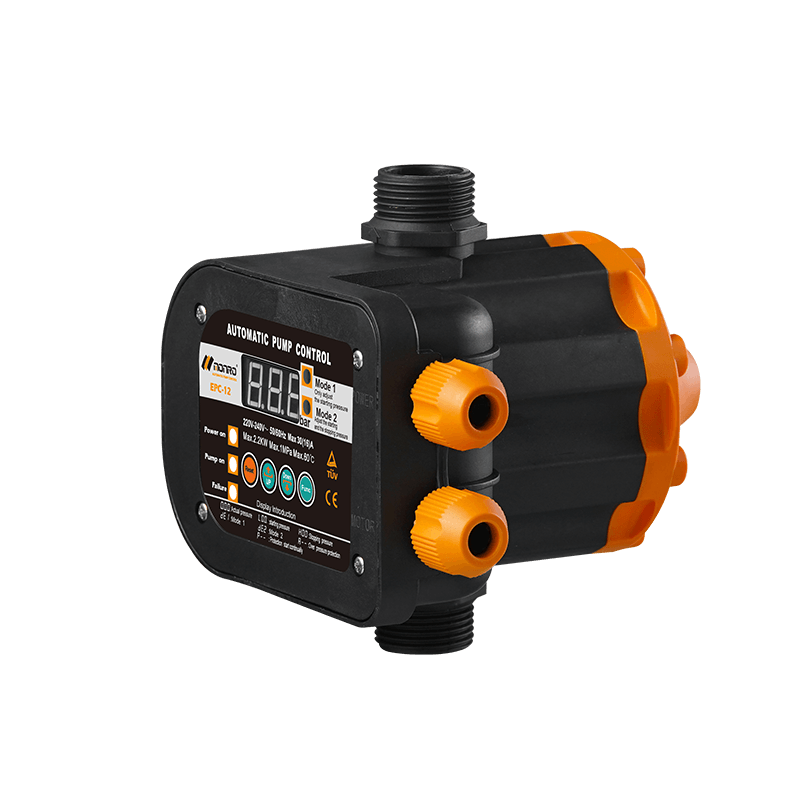 EPC-12
EPC-12Monro EPC-12 smart top-level automatic pump control is a multi-function model combined with traditio...
-
 EPC-14
EPC-14Monro EPC-14 model pressure control is a big power device for automatic control and protection of el...
-
 EPC-15
EPC-15Monro EPC-15 model automatic pump control, a device which assembled on the water pump (recommended s...
-
 EPC-16
EPC-16EPC-16 is the new patent pump controller by Monro. Its key highlight is tooless (manual knob) start...
find our office
Committed to providing professional pressure control solutions for various types of water pumps and air compressors.

 简体中文
简体中文 English
English Español
Español

